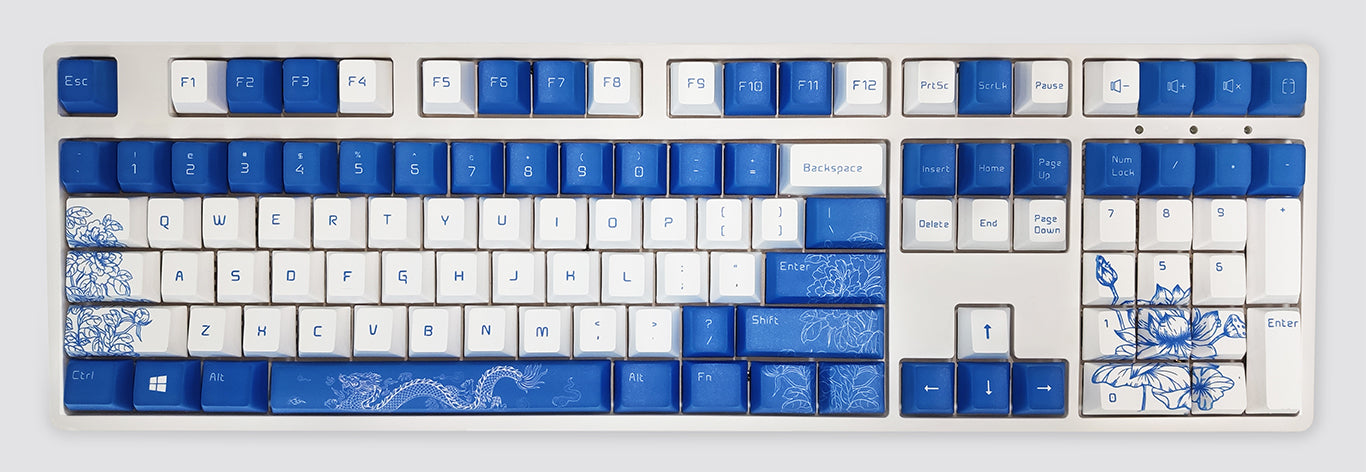Enhancing Versatility and Space Utilization: The Case for Full-Sized Keyboards
Despite the rise in popularity of smaller keyboards, full-sized mechanical keyboards remain an essential choice for many users. Here's why they might be right for you and what you should consider if you're thinking of making a switch.
What is a Full-Sized Keyboard?
A full-sized keyboard is the standard model for desktop computers, featuring around 104 to 108 keys. It includes a numeric keypad, arrow keys, and function keys, spread across a typical length of 427.5 millimeters (17 inches). The ample spacing between keys enhances usability and comfort.

Differences Between TKL and Full-Sized Keyboards
Tenkeyless (TKL) keyboards, also known as 80% keyboards, remove the numeric keypad, making them about 20% smaller. More compact versions, like the 75% keyboards, further reduce space by condensing key clusters.
Pros and Cons of Full-Sized Keyboards
Pros:
- Familiarity: Most users find it more comfortable based on muscle memory.
- Spacing: Reduces accidental keypresses.
- Numeric Keypad: Ideal for data entry.
- Special Features: Additional space allows for more functions like media controls.
- Macro Space: More room for programmable keys.
Cons:
- Space: Occupies more desk room.
- Cost: Typically more expensive.
- Features: Extra functions may not always be used.
- Portability: Difficult to travel with.
- Efficiency: More hand movement required.
When to Use a Full-Sized Keyboard
Full-sized keyboards excel in data-heavy roles like accounting and gaming. The numeric keypad is invaluable for data entry, and the expansive layout supports extensive macro programming, benefiting gamers, especially in MMORPGs.

